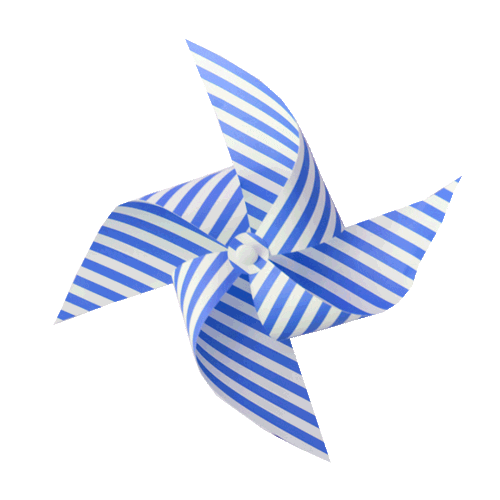
TO DO
Obviously when one sets out to discover Beijing, one first thinks of the Great Wall. In general, you are only allowed to visit certain sections (out of the over 6,000 km) and the number of tourists is truly horrifying. In spite of this, the view is pretty incredible.
ABSOLUTELY avoid the going during the Chinese New Year!
HUTONGS AUTHENTIQUES:
Once you’ve seen the Great Wall and the Forbidden City, go and visit the Hutongs, the old working-class areas consisting of narrow streets, dead ends and old houses with tiny courtyards and micro gardens.
The whole area of Dashilan and Qianmen Hutongs is undergoing reconstruction but do give priority to the old part, around Yangmei Zhu. Definitely my favorite neighborhood.
Stop for a coffee at the Soloist coffee shop, shop for old books at the Twelve Moons bookstore where you also find old inkwells and very nice fountain pens.
At the end of the afternoon you should have a drink at the "Meeting Someone". And in the summer, when the weather is nice - which is often the case - you can dine in the small patio of Suzuki Kitchen, a Japanese restaurant that also has a lovely Japanese handicraft shop. There are glassware, ceramics and crockery. The selection is perfect.
New shops open each week with rather accomplished concepts, from “floral pastry" to concept stores featuring young local designers.
The district stretches unto that of calligraphers. Here, people come to buy paper, brushes, pigments, and have seals engraved in marble.
The restored part of the hutongs is quite without interest, too renovated, too smooth, but there is a reason to go! To buy traditional Chinese slippers with hand sewn cotton soles. The shop is on Neiliansheng, in Dashilan.
798 DASHANGI – ART DISTRICT:
This set of old military factories and hangars has been taken over by contemporary art galleries. Art galleries, photo galleries, coffee shops, bars and book stores now make up one of the coolest neighborhoods in Beijing.
The UCCA art foundation, founded by the Belgian collector Guy Ullens was launched in 2007. UCCA has contributed enormously to the development of the area, but also to promote very young contemporary artists.
FLEA MARKET AREA - PANJIAYUAN
The flea market area is rather unknown. You’ll need to put the concept of flea markets back in its context here. It is rather a big market with few really old things but we still find pretty stuff.
It’s installed in a large hangar, and divided by category. There are ceramics, beads, embroidery, old newspapers, posters ... You’ll have to pick and choose, but with a bit of patience, you’ll find interesting things.
TEMPLES:
There are plenty of very beautiful temples to visit. My favourite is the Lama Temple (or Yonghe Temple), founded in the 17th century and still very active. The atmosphere in this beautiful Buddhist sanctuary is timeless, with smoky clouds of incense and very well preserved.
The Temple of Heaven is considered to be the culmination of traditional Chinese architecture. It symbolizes the relationship between heaven and earth and it is told that the Emperor celebrated solemn rites to solicit divine clemency.
Preferably visit early in the morning, to avoid the crowds of tourists, and spend some time in the gardens, where the locals do their exercises.
WHERE TO EAT:
Impossible to mention all places. You eat very well in China, and in Beijing.
There are restaurants from all provinces so the choice is wide.
Don’t miss DIN TAI FUNG. Fabulous restaurant for Xiao Long Bao, these small ravioli, containing both stuffing and broth. Delicious.
For the Peking Duck - I highly recommend "Duck de Chine", which serves one of the best roasted ducks in Beijing, in a more pleasant setting than the popular, super noisy restaurants where they chop the ducks till kingdom come.









